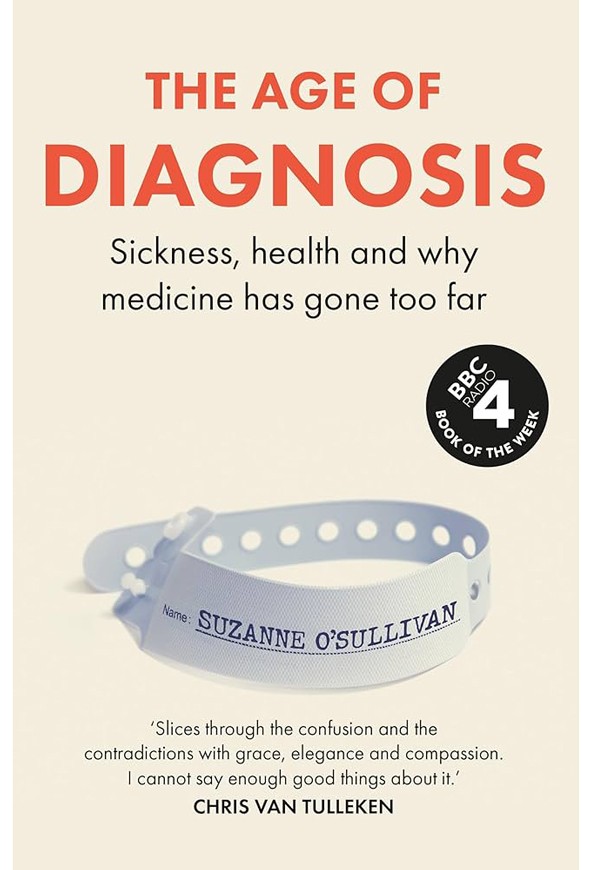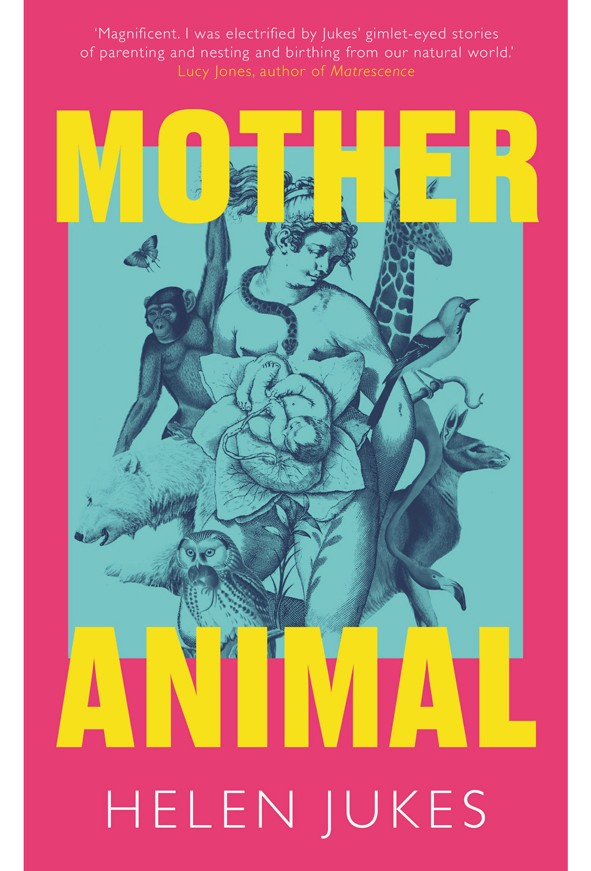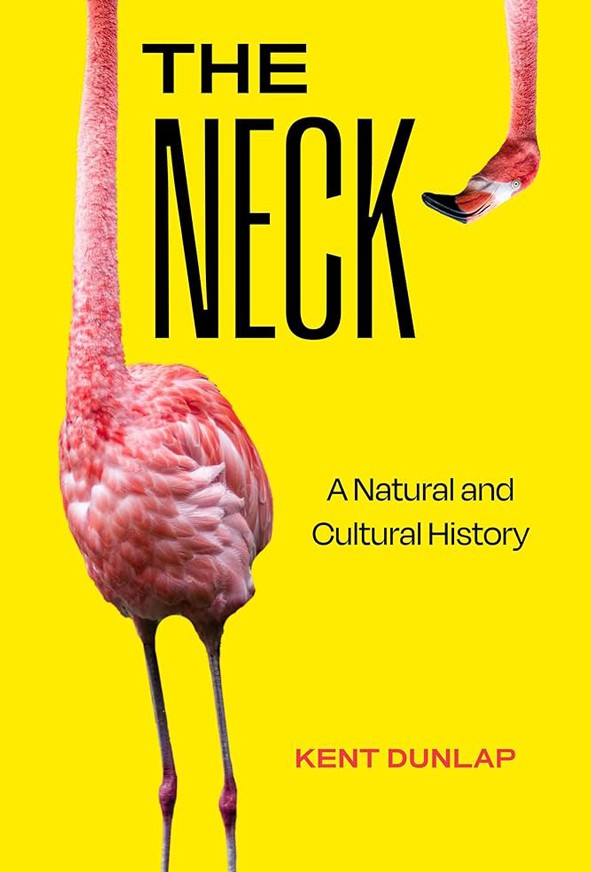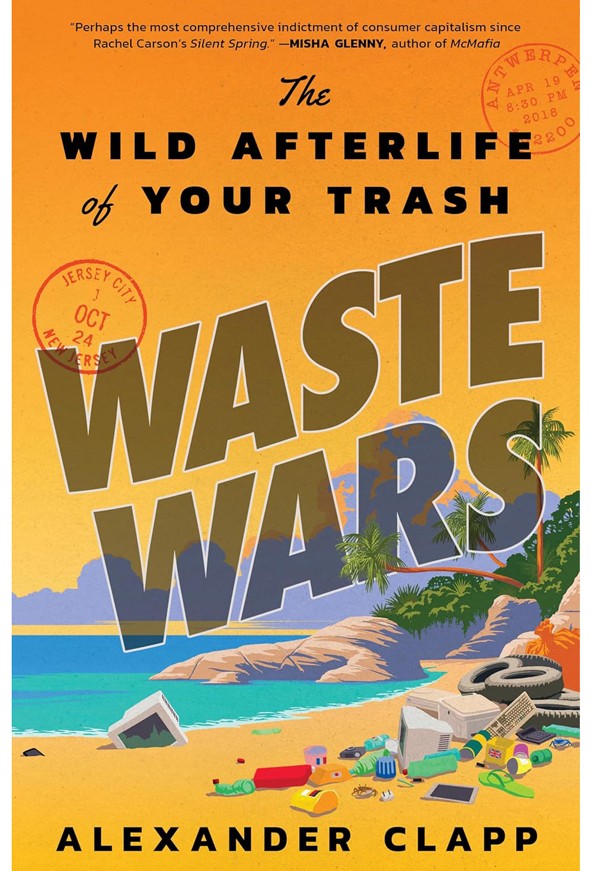
The Age of Diagnosis
Suzanne O’Sullivan Thesis (2025)
In 2019, the UK health secretary praised a direct-to-consumer genetic test that revealed his 15% risk of prostate cancer, and planned its widespread use. This diagnosis was not significant — the average lifetime risk for men is 18%, notes neurologist Suzanne O’Sullivan. Her riveting book argues that new technologies often lead to overdiagnosis, which both doctors and patients often welcome. “New diagnostic criteria need to be measured more by their ability to make quality of life better — not by how many patients they can find.”

Mother Animal
Helen Jukes Elliott & Thompson (2025)
Her first pregnancy and childbirth inspired Helen Jukes to investigate motherhood in a variety of other species, from polar bears to burying beetles. In her intimate and personal second book, the leader of creative-writing workshops warns that “if there are grounds for alarm” in the book, “I hope there is also much to inspire wonder”. For example, labour in humans takes many hours longer than in other primates, requiring the baby to rotate so that its head can — just — pass safely through its mother’s tilted pelvis. Not all babies fit through.

The Neck
Kent Dunlap Univ. California Press (2025)
The human neck is the “ultimate multitasker”, writes biologist Kent Dunlap. “It flexes, senses, vibrates, transports, and secretes every second of our lives”, using bones, muscles, cartilages, cords, tubes, nerves, glands and nodes. Ironically, he researches the neurobiology and behaviour of (neckless) fishes. The book shows Dunlap’s fascination with the neck, ranging from anatomy to Indian dancing, opening with a medical drawing from Henry Gray’s classic Anatomy (1858), showing the neck’s tortuous inner complexity.

Waste Wars
Alexander Clapp Little, Brown and Company (2025)


